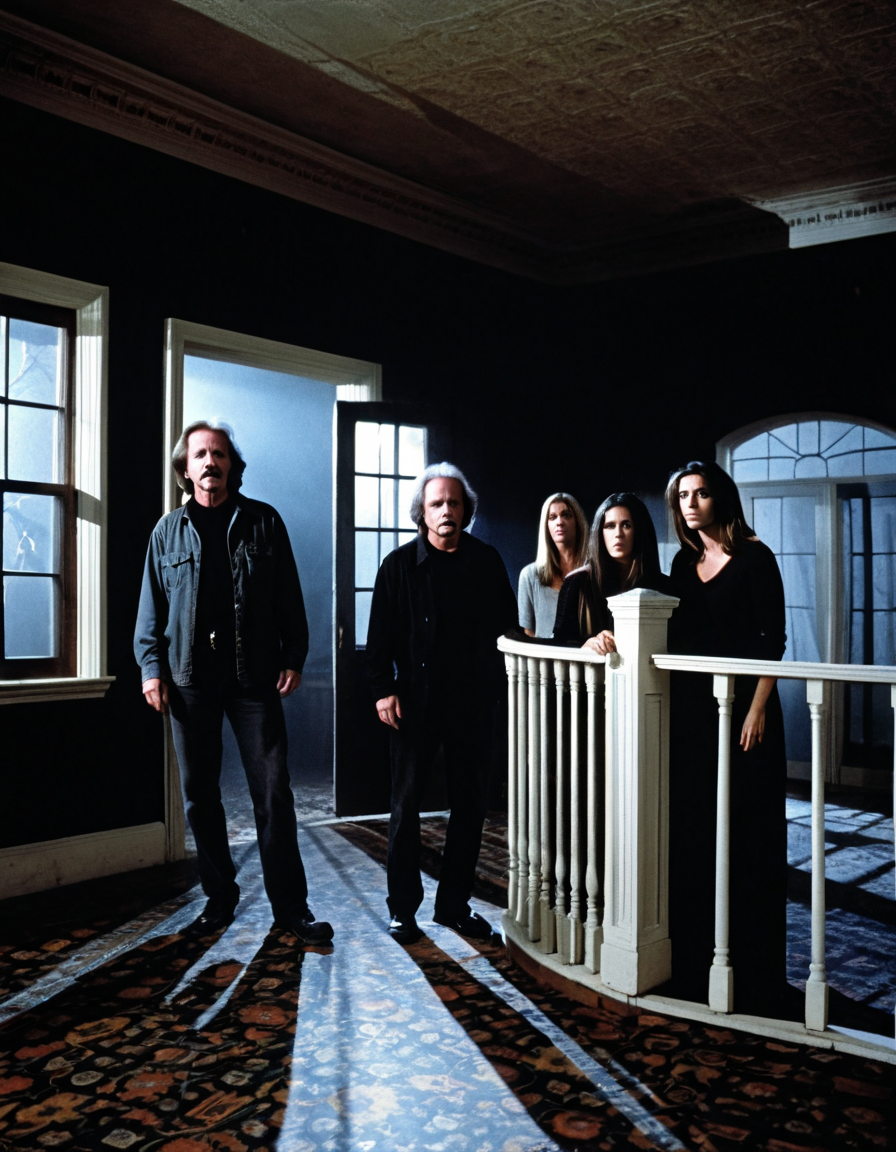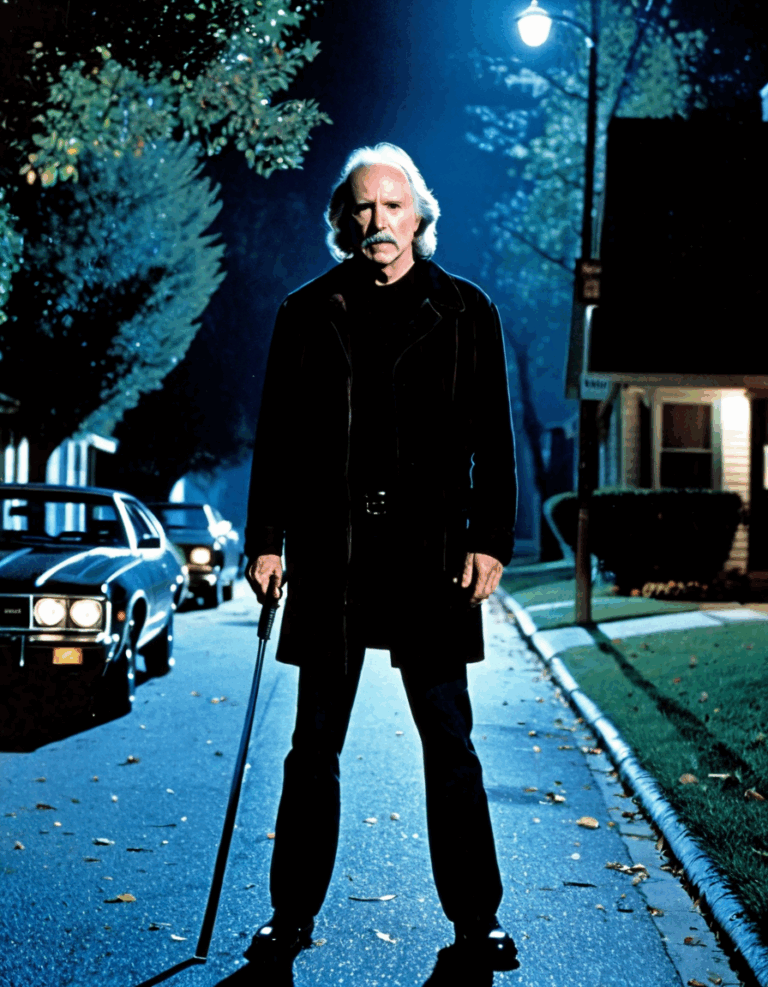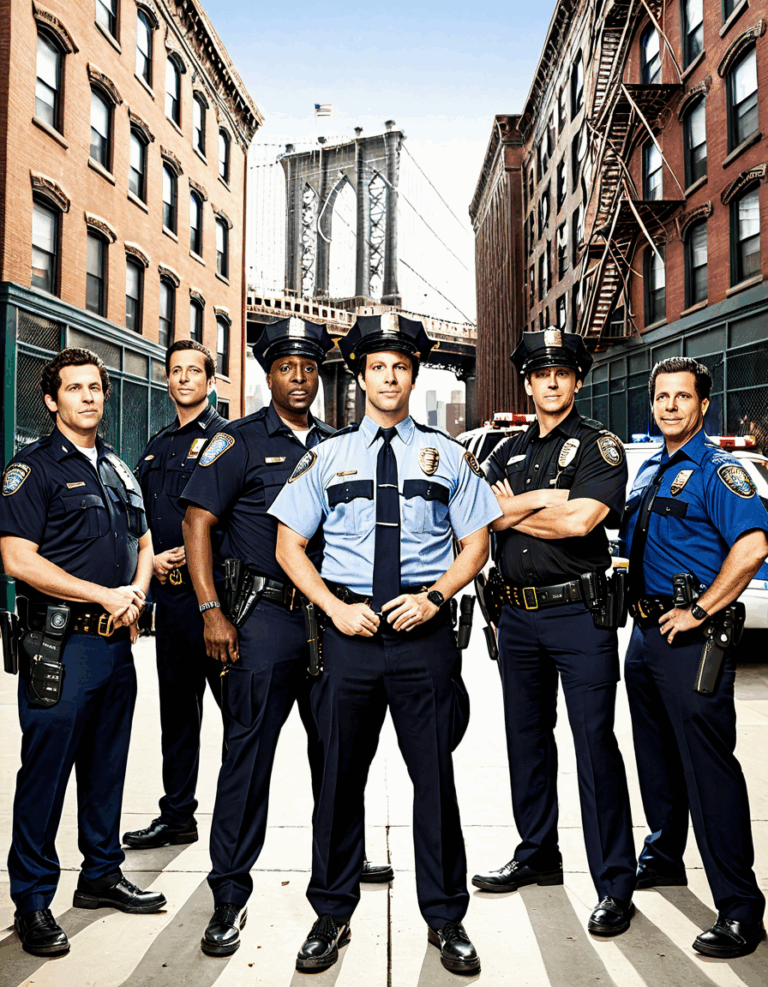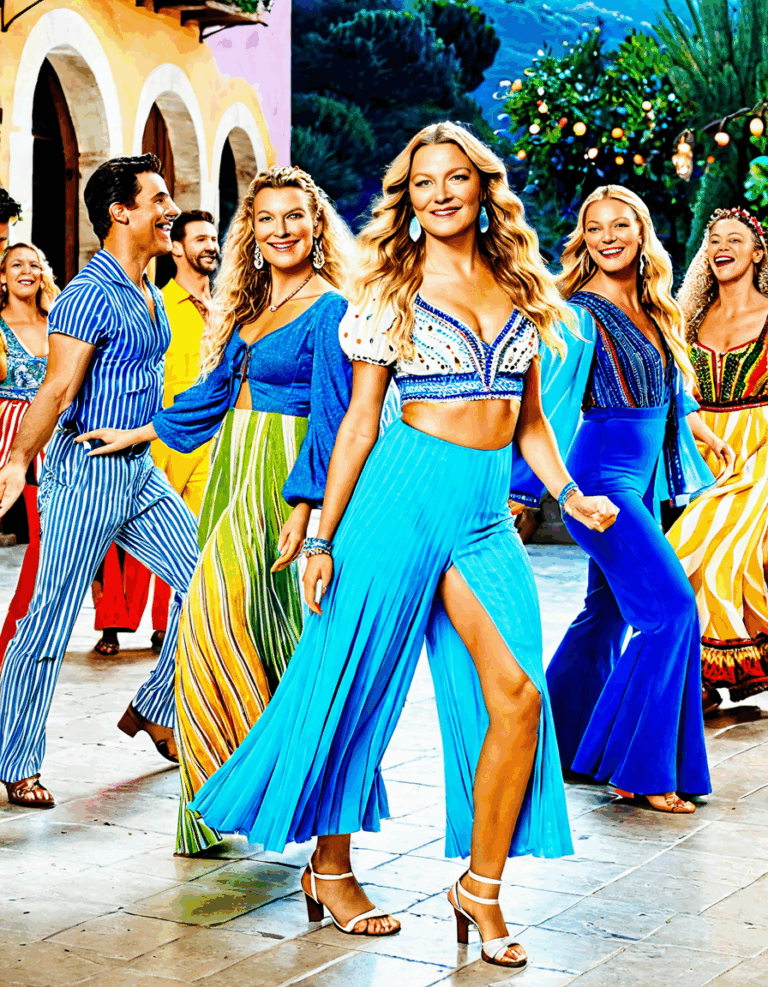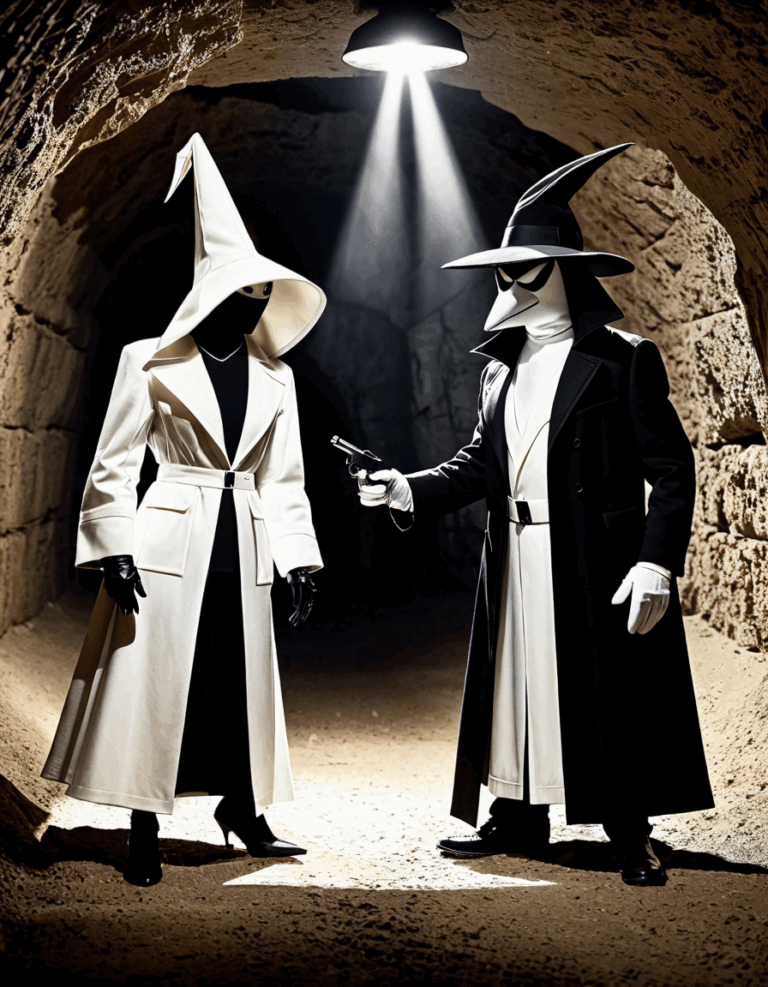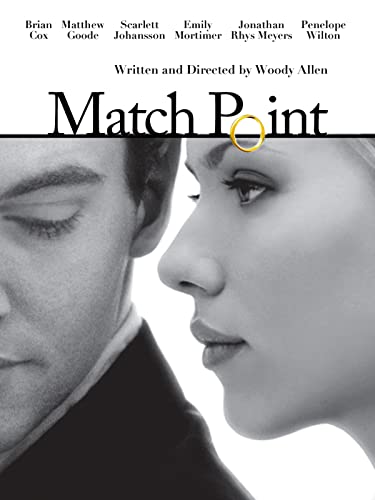John Carpenter’s influence on the horror genre is profound and indelible, shaping both the narrative and stylistic elements of modern film. From terrifying antagonists to innovatively chilling soundscapes, Carpenter’s work redefined the horror landscape. Below is an exploration of pivotal Carpenter films that have sparked discussions and inspired generations of filmmakers and fans alike.

Top 7 John Carpenter Movies That Reshaped Horror
Often hailed as the quintessential slasher film, “Halloween” introduced audiences to Michael Myers, a figure of pure terror whose blank mask has become iconic. Carpenter’s masterful use of suspense and tension redefined horror, showcasing how simple settings and well-timed scares could deliver unforgettable horror experiences. The film’s low-budget success, coupled with its memorable score, showcased how independent filmmakers could disrupt the industry, paving the way for others to follow.
“The Thing” exemplifies Carpenter’s knack for psychological horror, adapting John W. Campbell Jr.’s novella “Who Goes There.” With groundbreaking practical effects, the film explores themes of paranoia and isolation set in the desolate Antarctica. Despite its mixed reviews upon release, it gained a cult status that has only grown over the years, influencing countless films that followed—like “Donnie Darko,” which shares a similarly surreal atmosphere that evokes dread.
A unique blend of science fiction and horror, “They Live” critiques consumerism and societal control through the eyes of a drifter. Carpenter’s clever social commentary and an unforgettable fight scene featuring Roddy Piper emphasize the horror lurking beneath everyday life. This film underscores how Carpenter uses horror as a mirror to reflect societal issues—much like Leonard Bernstein used music to convey societal narratives in his compositions. It encourages viewers to look beyond the surface and confront uncomfortable truths.
Mixing action and dystopian horror, Carpenter paints a gritty future where New York City has morphed into a maximum-security prison. Kurt Russell’s portrayal of Snake Plissken revived the anti-hero archetype, affecting the portrayal of complex characters in subsequent horror and sci-fi films. The moral ambiguity explored in this film can be compared to themes found in Paul Newman movies, where characters frequently grapple with ethical dilemmas in a turbulent world.
An action-thriller with undeniable horror elements, Carpenter’s portrayal of an urban siege taps into the fear of the unknown and societal breakdown. The film’s minimalist score injects a palpable tension that newer filmmakers still emulate in their narratives, especially in psychological horror contexts. “Assault on Precinct 13” highlights Carpenter’s ability to build suspense through sound—a technique that has become essential in modern filmmaking.
In “The Fog,” Carpenter creates an eerie atmosphere, employing supernatural elements to evoke dread. The film introduces audiences to the concept of lurking horror that creeps slowly into their consciousness—similar to the haunting performances seen in Anthony Hopkins movies. The fog acts as a metaphor for the past’s lingering effects, delivering a lesson that sometimes the past can be the most terrifying of all.
This film serves as a meta-commentary on horror literature and its gripping effects on reality, drawing inspiration from H.P. Lovecraft. Carpenter blurs the lines between fiction and reality, making viewers question their perceptions throughout the story. This narrative style echoes the unpredictable twists found in films starring the “Donnie Darko” cast, showcasing how psychological manipulation creates lasting impacts on the audience.
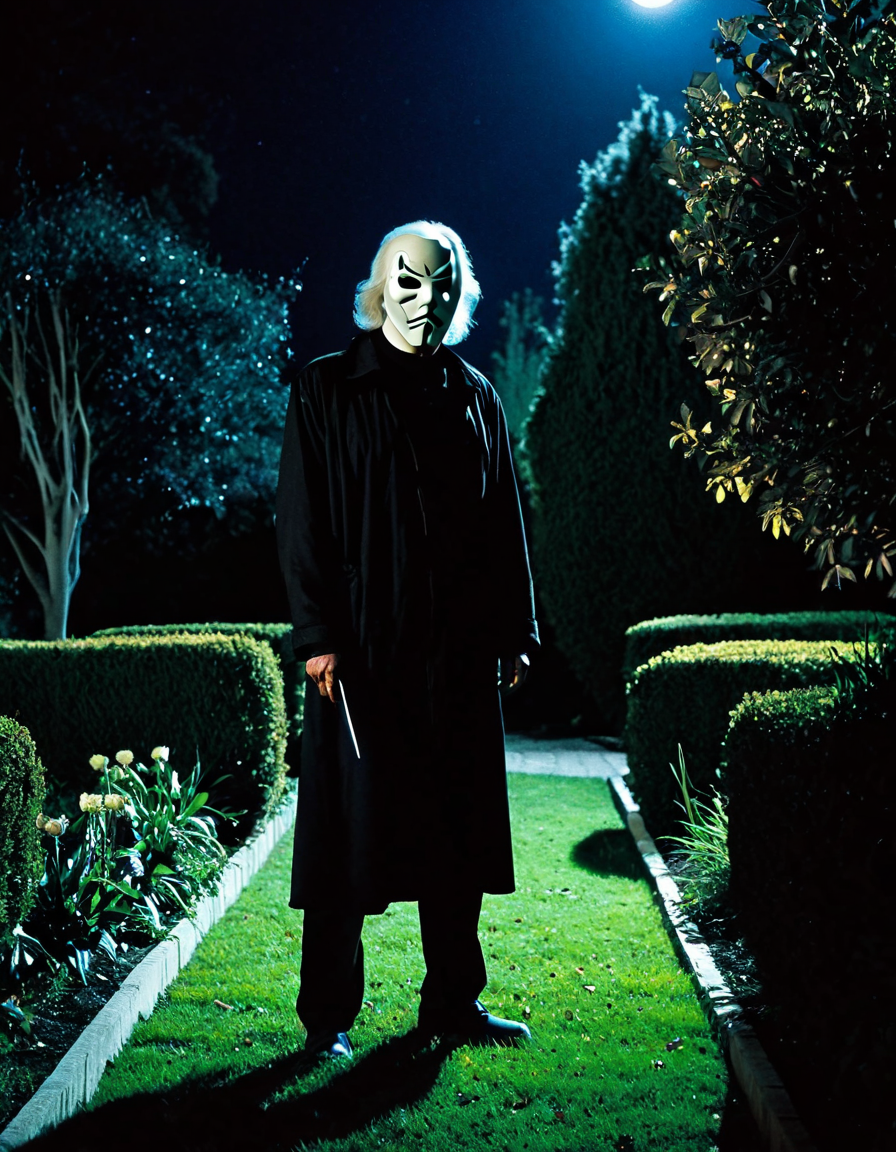
The Lasting Impact of John Carpenter’s Style
The John Carpenter movies set benchmarks that continue to influence the horror genre today. He taught filmmakers the value of atmosphere, practical effects, and a chilling score—all essentials that resonate through contemporary horror films. Emerging filmmakers recognize and incorporate Carpenter’s stylistic markers in their works, ensuring that his techniques remain prominent in discussions about horror.
Carpenter’s ability to blend genres also leads to a wider interpretation of what horror can be. Films that may not fit the traditional horror mold, like “Blade Runner,” owe a debt to Carpenter’s innovative techniques and stylistic choices. His work encourages an ongoing evolution of the horror genre, pushing its boundaries and continually re-evaluating our understanding of fear.
John Carpenter’s films aren’t just relics of the past; they continue to speak to the present and the future. As we look ahead, the themes and techniques introduced by Carpenter resonate with audiences, ensuring that the horror genre remains rich and complex. With every frightening frame, Carpenter invigorates dialogue about humanity, fear, and the fine line between reality and the imagined terrors lurking in the shadows.
For those looking to furnish their homes with a touch of style, consider checking out these chic black Nightstands. Whether you’re prepping for the thrilling Chiefs game tomorrow or seeking advice on what to watch next, Carpenter’s films offer a masterclass in horror storytelling. Similarly, for sports enthusiasts, loss isn’t a game for those who wish to score while enjoying their matches with Telemundo Deportes.
As we time travel through the cinematic universe of horror and inspiration feels like a wild ride, you might find new culinary adventures worth exploring with Masterchef Junior. Meanwhile, for coffee lovers, nothing beats the brewing experience from La Marzocco, making each cup a work of art. And if you need a quick reminder to take a break, set a timer For 20 minutes—sometimes, clarity comes after a small pause. Lastly, enter a world of thrilling unpredictability—are you up for a game of Russian roulette? The richness of John Carpenter’s legacy will always challenge our perception of fear, turning shadows into stories.
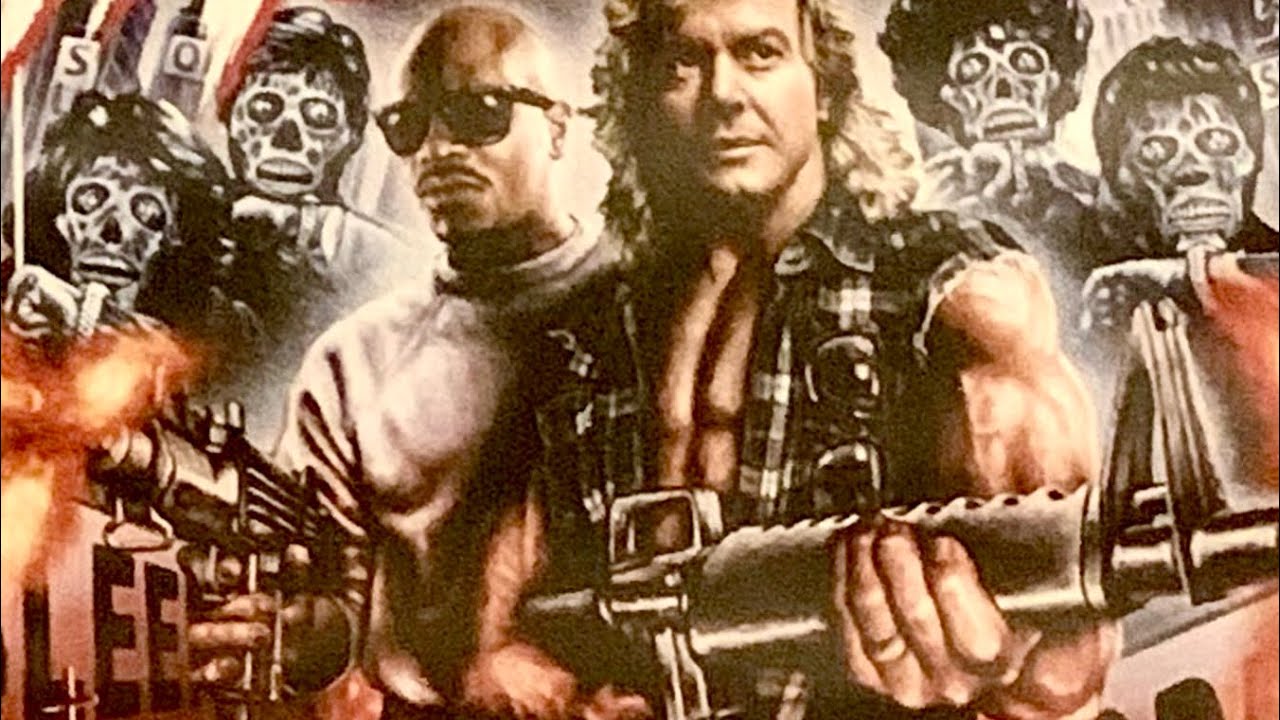
John Carpenter Movies: A Journey Through Horror Redefined
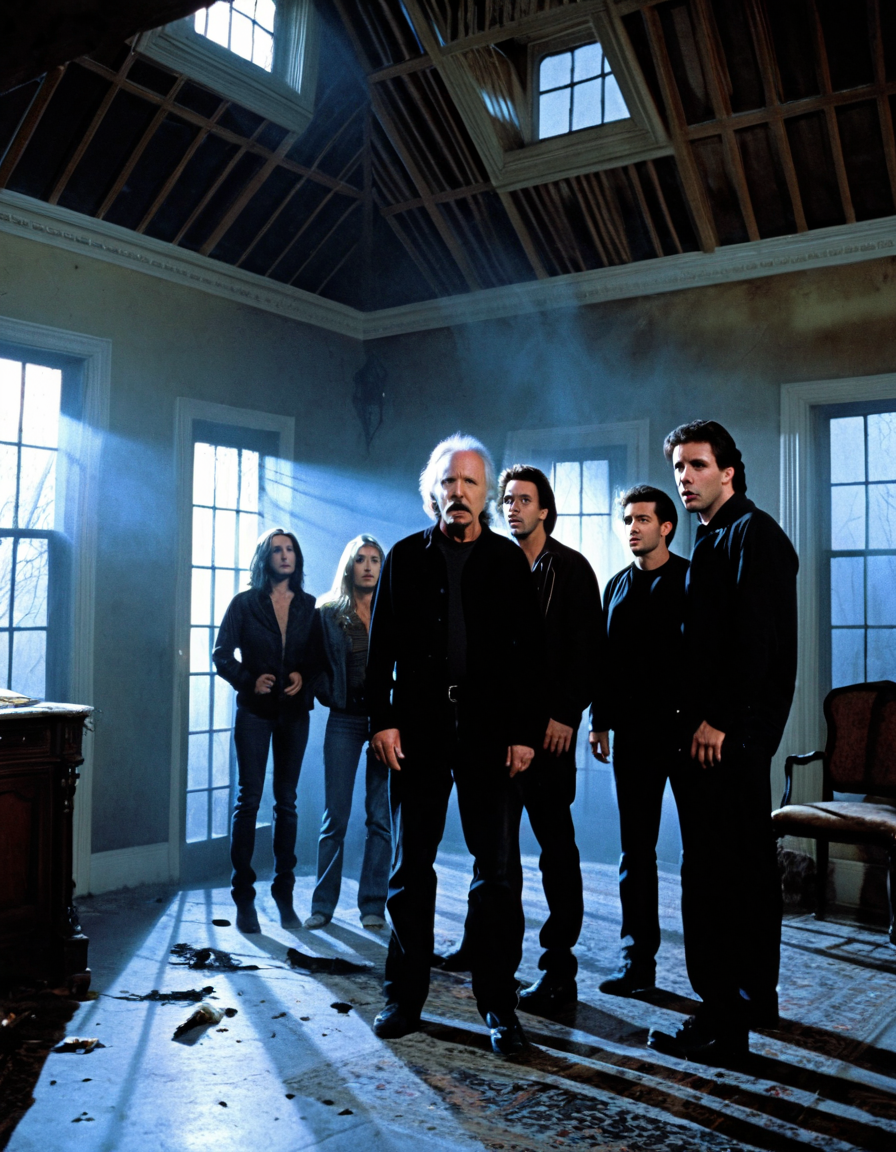
The Trailblazer of Terror
John Carpenter movies have left an undeniable mark on the horror genre, forever changing how fear is portrayed on screen. One fun fact? Carpenter not only directed but also composed the iconic scores for many of his films, including the chilling theme for Halloween. This multi-talented approach allows his movies, such as The Thing and Escape from New York, to resonate with audiences, making them much more than just spooky flicks. Did you know that when creating these chilling soundtracks, Carpenter drew from various musical influences, setting the stage for an auditory experience that’s as gripping as the visuals? This technique of crafting tension can also be seen in his modern successors, who understand the importance of atmosphere, much like the tips shared in Ted talk success Secrets.
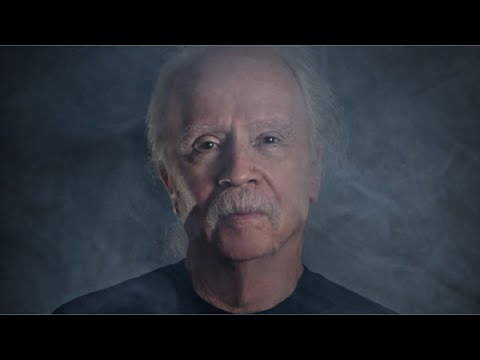
Horror’s Gift of Innovation
Carpenter’s impact doesn’t stop at sound; his innovative techniques changed the game for visuals in horror. In The Thing, the creature effects created by practical effects legend Rob Bottin were groundbreaking at the time—blurring the lines between human and monster in ways audiences had never experienced before. The film’s suspense builds through Carpenter’s genius use of lighting and camera angles, showing how essential these elements are in storytelling. It’s interesting how the blending of psychological tension and shocking visuals can forge a connection with viewers. This unique style paved the way for future films, and while the art is continuously evolving, some films still pay homage to these classics, just like how the upcoming Iron Flame promises to bring fresh excitement to the genre.
Carpenter’s Lasting Legacy
Moreover, Carpenter embraced the unconventional. His films often feature strong, resourceful heroines, breaking away from traditional tropes. In Halloween, Jamie Lee Curtis’s character Laurie Strode became a horror icon, showcasing resilience and intelligence that upended stereotypes. It’s fascinating how these elements have inspired countless filmmakers and lead to richer narratives within the genre. As we witness the resurgence of horror films that rely on deeper themes and character development, it’s clear Carpenter’s influence never really fades; it only adapts. This cultural shift reminds us of the importance of understanding storytelling methods that resonate with audiences and promise to keep them engaged—exactly what you’ll find when exploring John Carpenter movies and their legacy.
